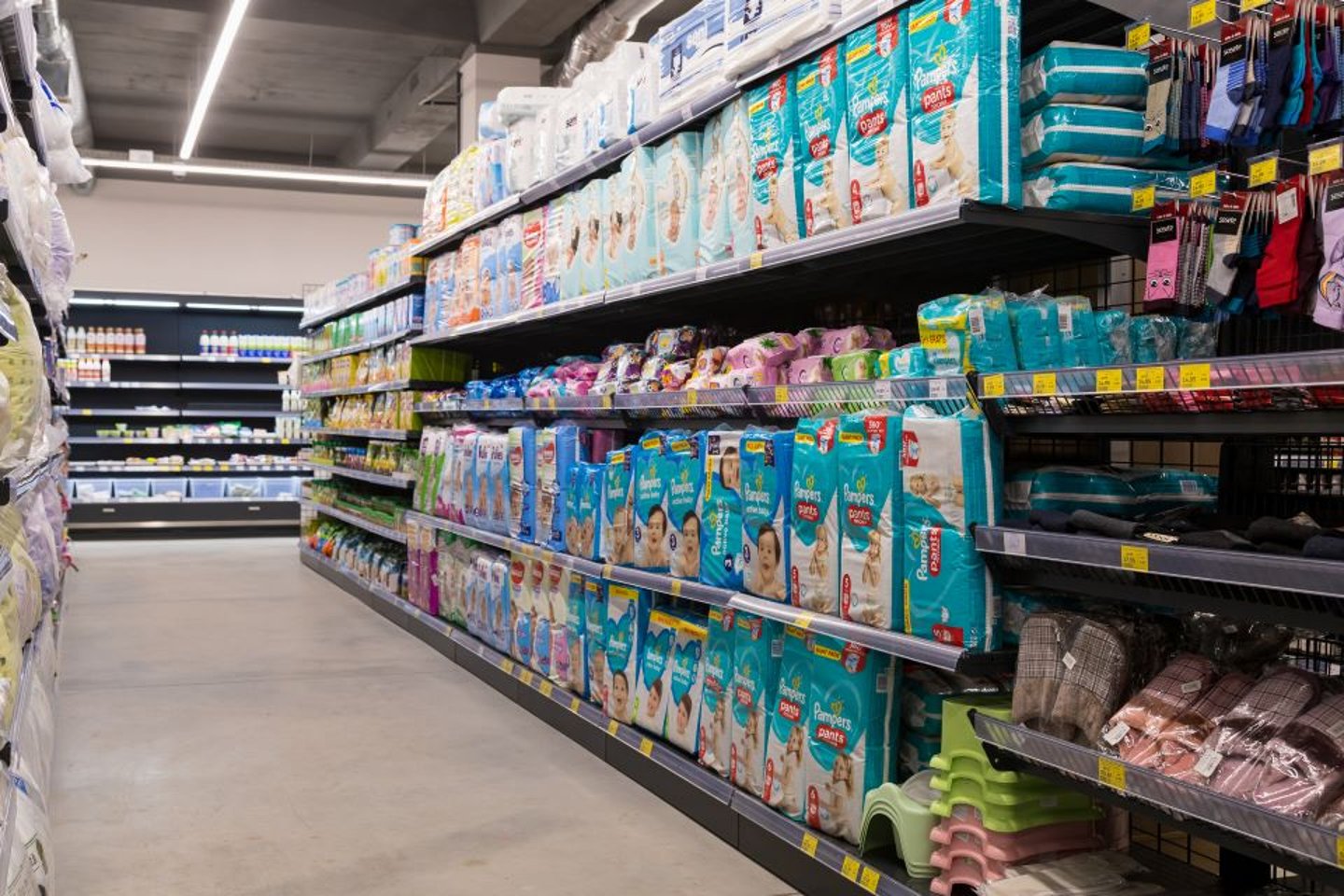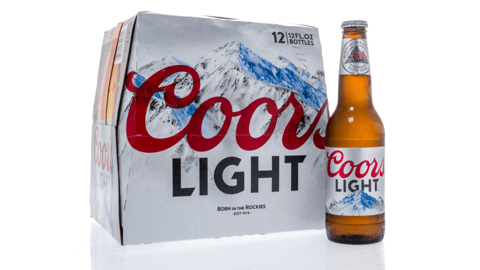P&G Communicates SKU Slimming Benefits Via Retailer Shelf Set Data
Consumer goods company P&G has stepped up its collaborative commerce strategy, moving forward with slashing SKUs, and now communicating the benefits of this approach by leveraging retailer shelf set data.
Andre Schulten, chief financial officer, and Jon Moeller, president and CEO, released new details during the Barclays Global Consumer Staples Conference about the company’s plan to clean up shelf space in order to elevate consumer experiences and eliminate unnecessary costs.
There’s Just Not Enough Space
The No. 3 publicly owned consumer goods company points to a simple problem: It’s not that SKU levels have changed for the company during or post-COVID, but companies are having to battle it out for space on retailers’ shelves as in-store and online demand shifts.
According to Schulten, this means that for many of the bigger brands, there’s just not enough “holding power.”
“Our SKU count is relatively stable and the category SKU count is relatively stable within the big brand of manufacturers,” said Schulten, but retailers are running out of stock both in the back room and the shelf because of the increasing number of SKUs that need to be restocked. “The cost of restocking is increasing with labor cost increasing and labor availability issues. So their desire to engage in that conversation, I think, is increasing.”
Retailer Data Highlights Clean-Up Opportunities
Recently, the company shared that they were leveraging POS data and a proprietary algorithm to identify the SKUs that needed attention across all regions and all categories. Now the company is also tapping into retailers' shelf set data to identify pain points.
“From our side, for the first time, we're able to use retailers' data to convince them of the opportunity,” said Schulten at the conference. “So we have basically images of every shelf set that exists in the U.S., and we're able to correlate that shelf set and the completion of the set with sellout data.”
Using this technique, P&G can communicate with its retail partners why a simpler shelf is a win-win for both sides, benefiting restocking availability by increasing visibility into specific category needs.
“It's important for us to make it a category discussion, not a P&G discussion. So that's the process we're in,” Schulten added.
CGs Eyeing SKU Rationalization to Improve Retail Performance
Other major consumer goods companies leveraging a similar tactic include Mondelez and Unilever. The companies are consolidating their product assortment to also improve consumer experiences and elevate retail performance.
For example, in the last year, Unilever has removed about 17% of its SKUs (and about 25% in the last 18 months). During a recent call with investors, Unilever CFO Graeme Pitkethly said this equates to about 2% to 2.5% of its turnover at a global level.
For P&G, meanwhile, during COVID in the U.S., 24% of SKUs were on allocation, said Moeller — they weren’t meeting demand for these products. Looking at category-specific performance, Schulten said it has become inefficient, as 50% of the company’s global SKUs deliver less than 5% of sales on the shelf.
“That in of itself represents a huge opportunity to simplify the logistics system, take cash out of the system, take operating expenses out of the system, but most importantly, make it a much better shopping experience for the consumer,” said Schulten.
Learn More About Collaborative Commerce
We’ll be discussing the topic at the Consumer Goods Sales & Marketing Summit, held Oct. 4-6 in Austin.
Collaborative Commerce: Building Win/Win Retail Relationships
9:25 AM - 9:55 AM
Marry the rapid increase of emerging technologies with an uncertain economic environment, and you get a business relationship that’s only sustainable through fresh, creative thinking. Ever-evolving consumer demands are requiring CGs to re-evaluate how their retail partnerships are delivering mutual value — and where both parties need to step up their games. This session will share insight into what’s needed to win in a channelless world — and what’s required from a successful partnership to get you there.
Speakers:







